Cats have long captivated humans with their mysterious and independent nature. Owners often find themselves puzzled by their cats’ behaviors, wondering what those subtle gestures and actions mean. Learning to decipher your cat’s body language can deepen your bond and help you provide the best care. This guide will walk you through the intricacies of feline communication, making it easier to understand what your cat is trying to tell you.
Understanding Tail Movements
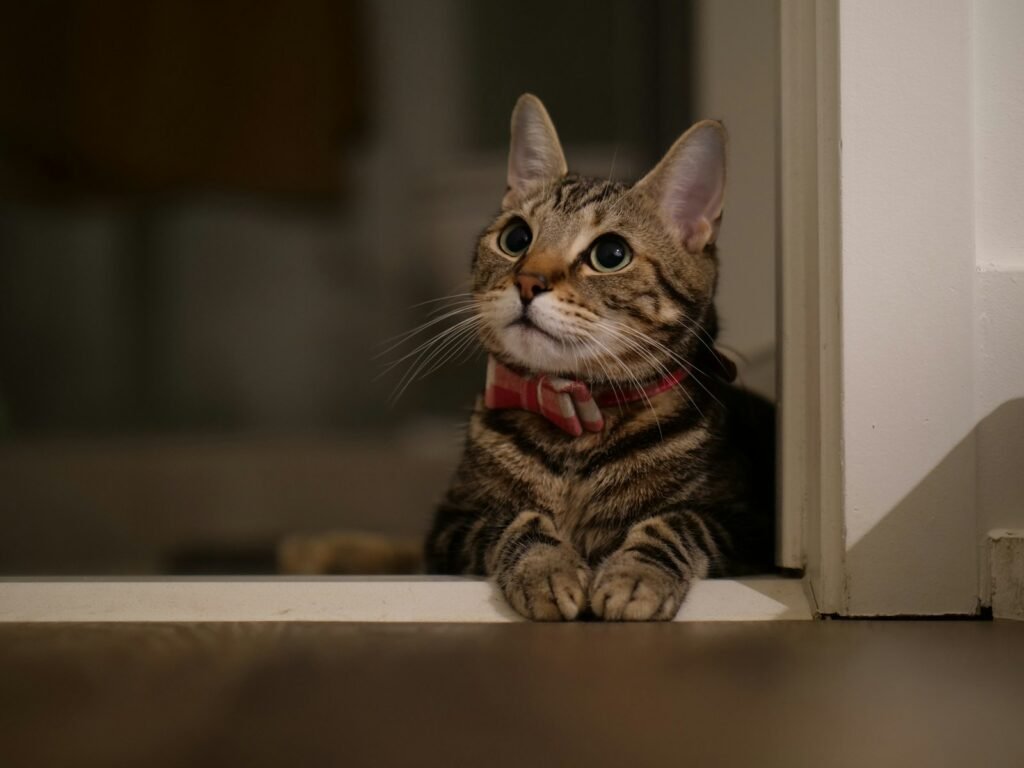
One of the most expressive parts of a cat’s body is its tail. A high-held tail often signals confidence and contentment, indicating that your cat is happy to see you. Conversely, a tail between the legs or held low can suggest fear or anxiety. If your cat’s tail is puffed up like a bottle brush, it’s a clear sign of alarm or aggression, as the cat is trying to appear larger to a perceived threat.
Reading Ear Positions
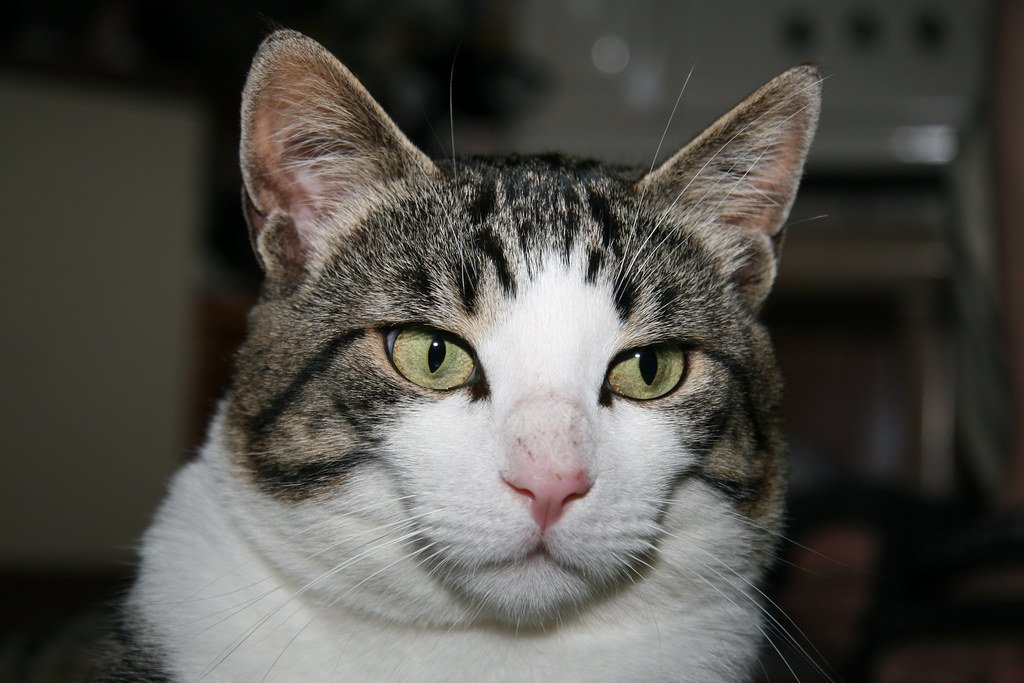
Paying attention to your cat’s ears can reveal a great deal about their current mood. Forward-facing ears usually mean your cat is curious or attentive. If the ears are flattened against their head, it may signify fear, aggression, or discomfort. Rotating ears can indicate that your cat is on high alert, perhaps in response to unfamiliar sounds.
Interpreting Eye Signals
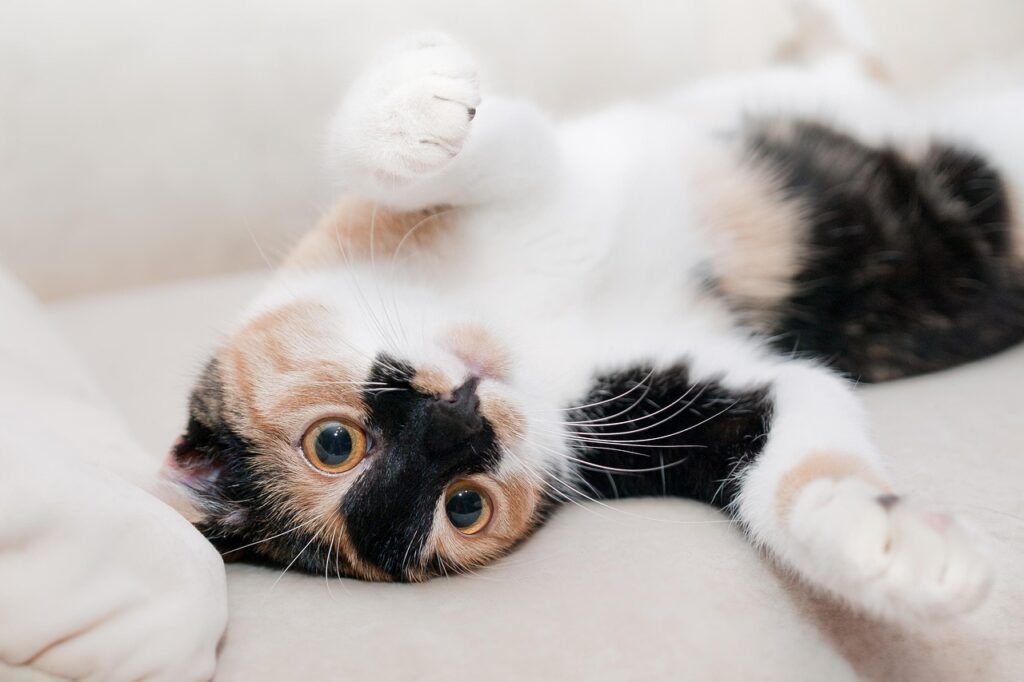
photo by pixabay
Cats communicate a lot through their eyes. A slow blink is a warm, trusting gesture, akin to a feline kiss. If your cat gives you a slow blink, try reciprocating to strengthen your bond. Dilated pupils can signal excitement, fear, or sudden aggression, while constricted pupils might indicate frustration or contentment, depending on the context.
Recognizing Vocalizations
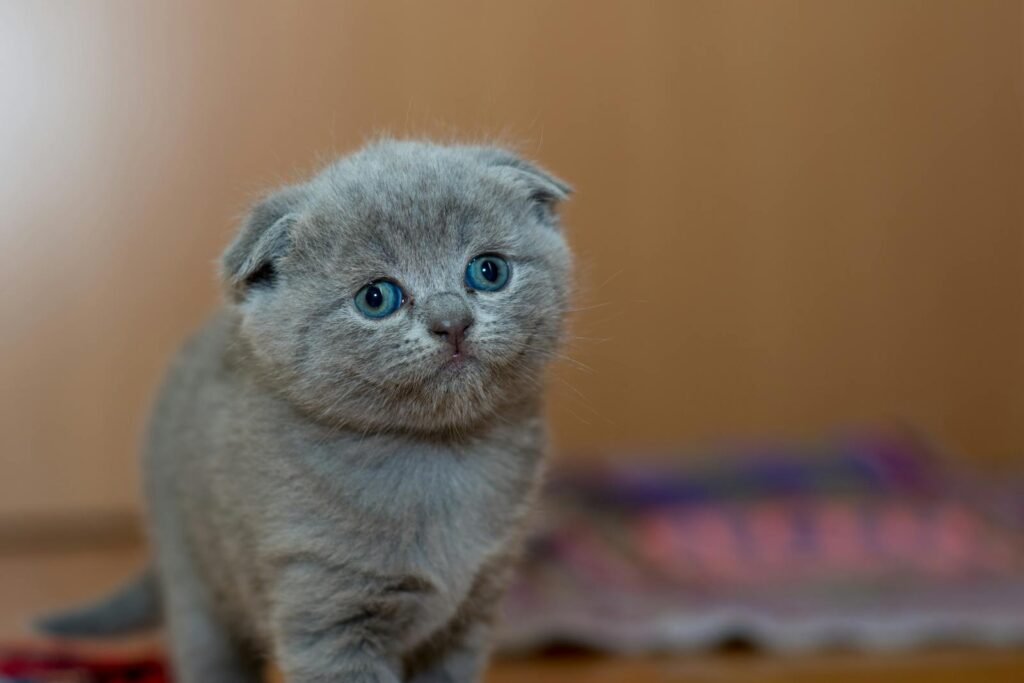
While body language is key, vocalizations also play an essential role in cat communication. A gentle purr typically indicates relaxation and contentment, though it can sometimes be a sign of pain. Meows can vary in pitch and duration, with higher pitches generally signifying a request or need, such as hunger, while a growl or hiss is a clear sign of discomfort or defense.
Noticing Whisker Position
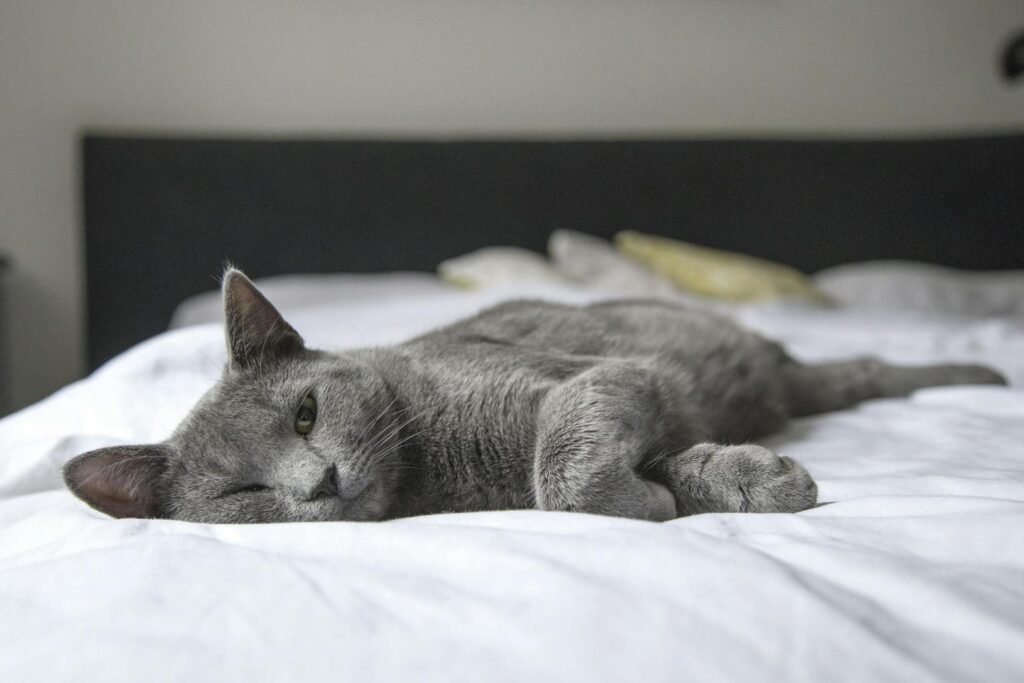
Whiskers are not just for show; they provide sensory feedback and help express mood. Forward-facing whiskers occur when your cat is curious or excited, often during play or exploration. Conversely, whiskers pulled back against the face can indicate stress or irritation.
Observing Body Posture
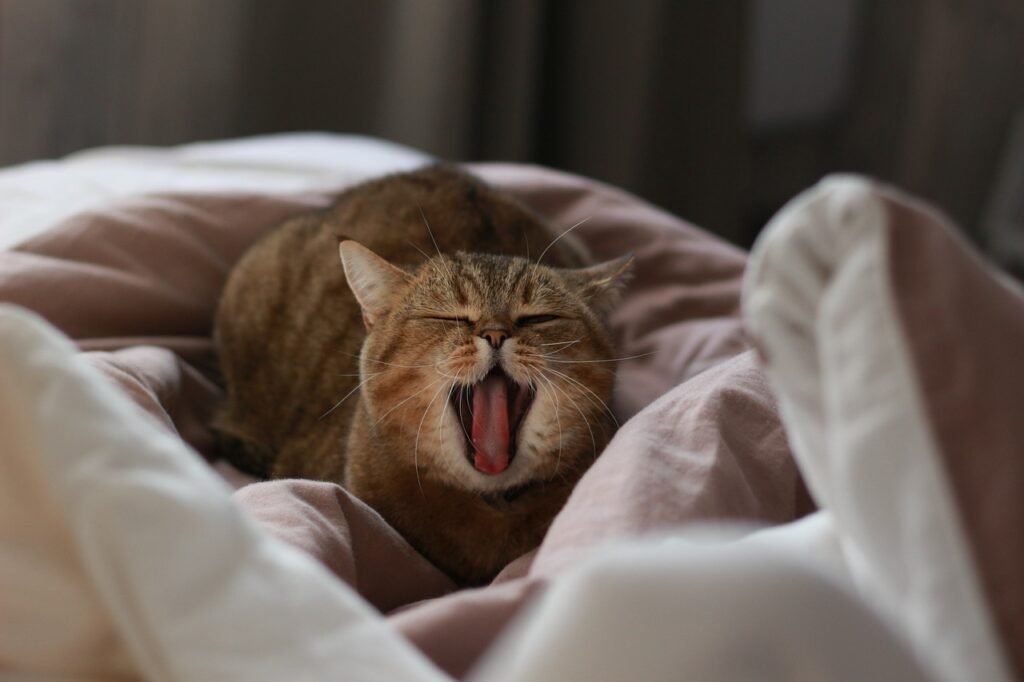
Body posture can reveal a lot about your cat’s emotional state. A relaxed cat will have a loose, stretched-out posture, often lying on their side or back. A cat that’s hunched with tucked limbs may be anxious or unwell. An arched back with fur standing on end typically means the cat feels threatened and is trying to appear larger for protection.
Understanding Kneading Behavior
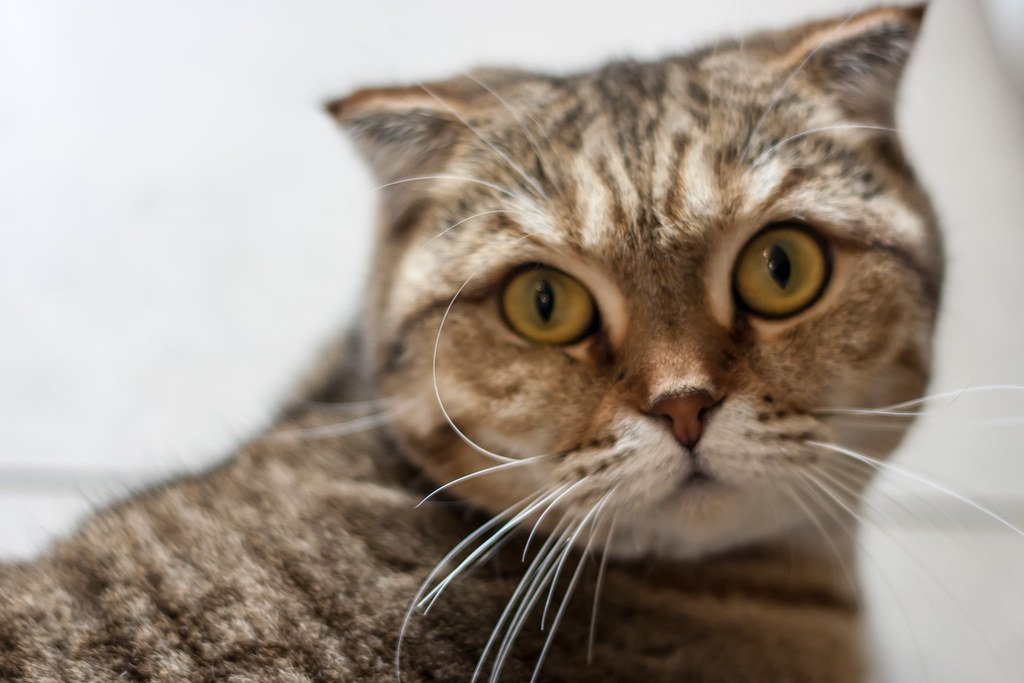
Kneading, or “making biscuits,” is an instinctive behavior that cats inherit from kittenhood when they knead their mother’s belly to stimulate milk flow. In adult cats, kneading is a sign of comfort and affection, and when a cat kneads on you, it’s a compliment, implying trust and affection.
Decoding Grooming Habits
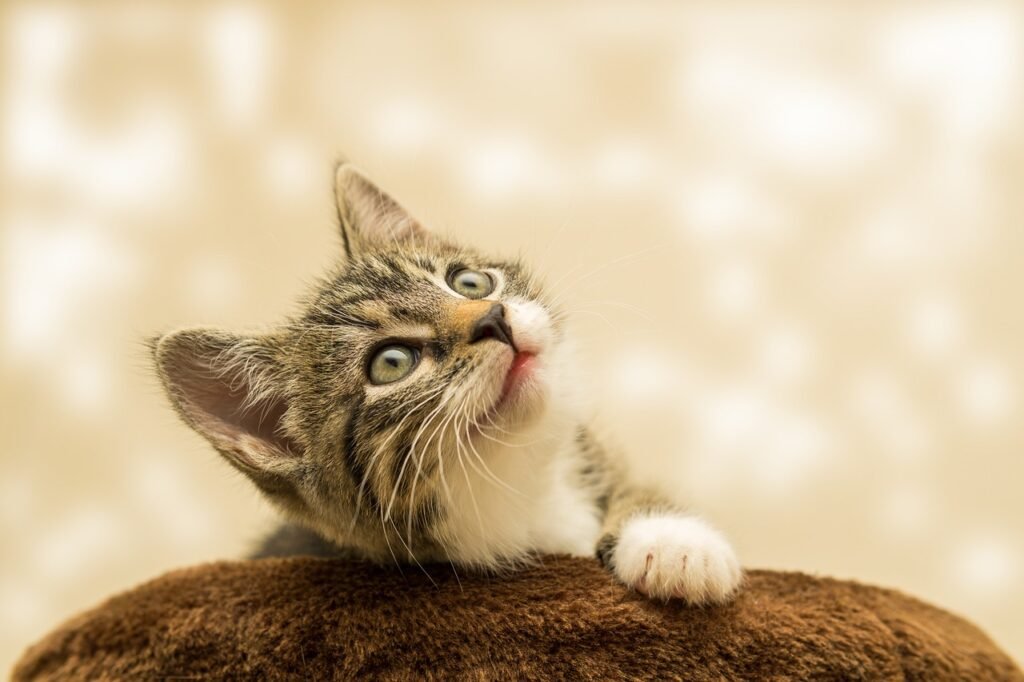
Grooming is a natural and frequent cat behavior that can indicate several things. If a cat is grooming in your presence, it’s a sign they feel safe. Over-grooming, however, can be a sign of stress or a health issue, whereas grooming each other among cats is a social behavior, expressing friendship and bonding.
Evaluating Play Styles
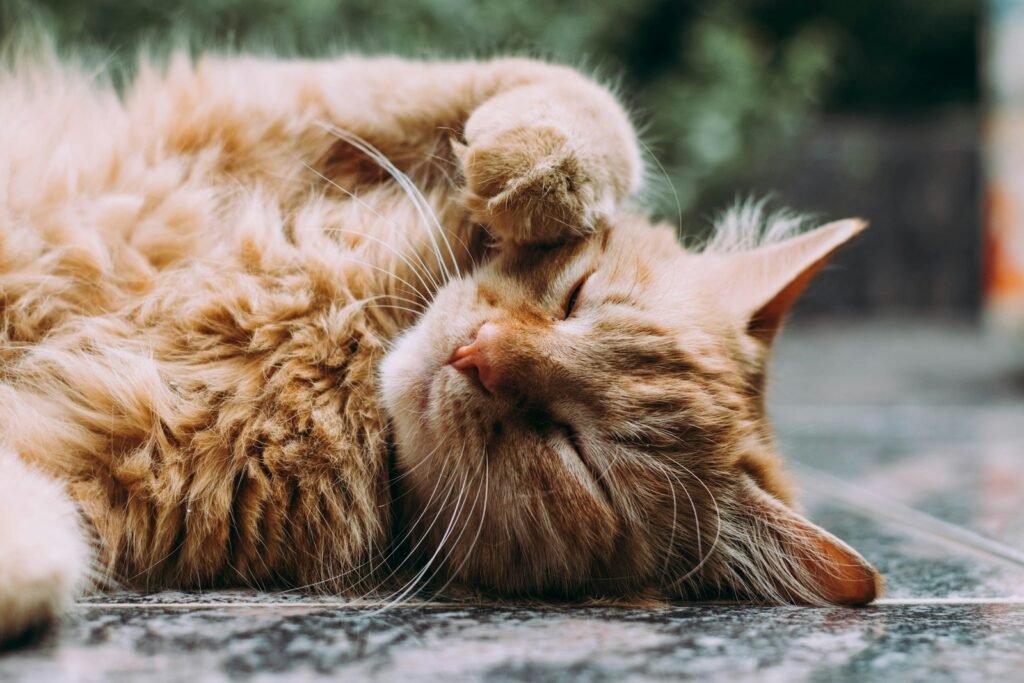
Play behavior in cats is a mix of predatory and social actions. Cats may pounce, chase, and bat at toys or other animals, which can seem aggressive but is typically playful. Rough play that crosses into aggression may require intervention to prevent injury or escalation.
Interpreting Scent Marking
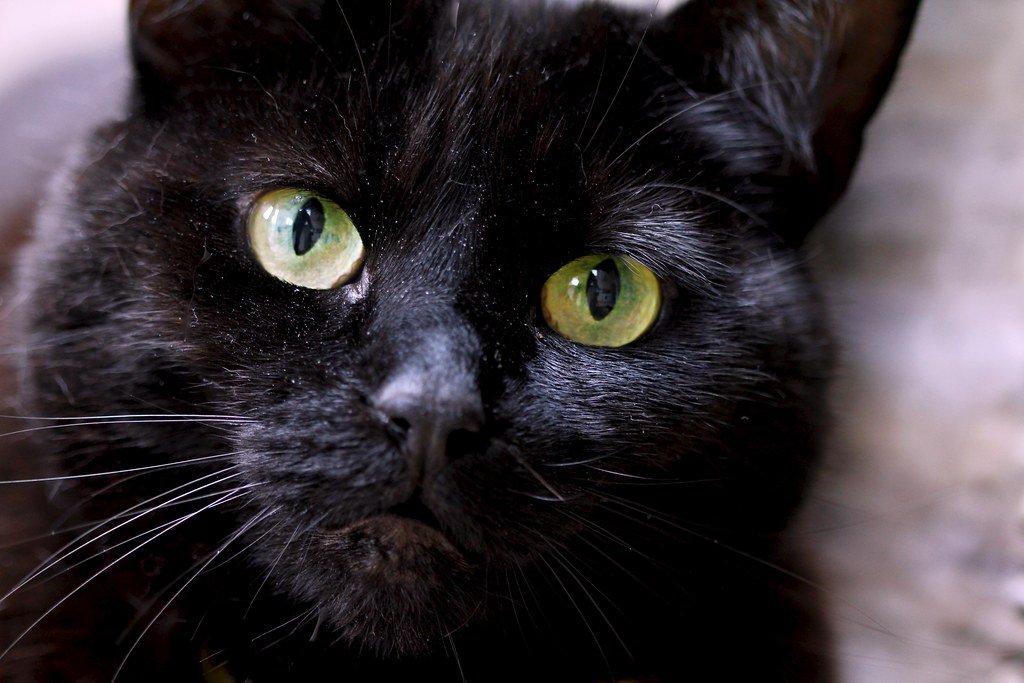
Scent marking is a way for cats to communicate territories and safe zones. When a cat rubs its face against furniture or people, it deposits pheromones that mark the area as familiar and secure. This behavior is affectionate and indicates trust and contentment towards you as a “safe zone.”
Understanding Your Cat’s Rhythms
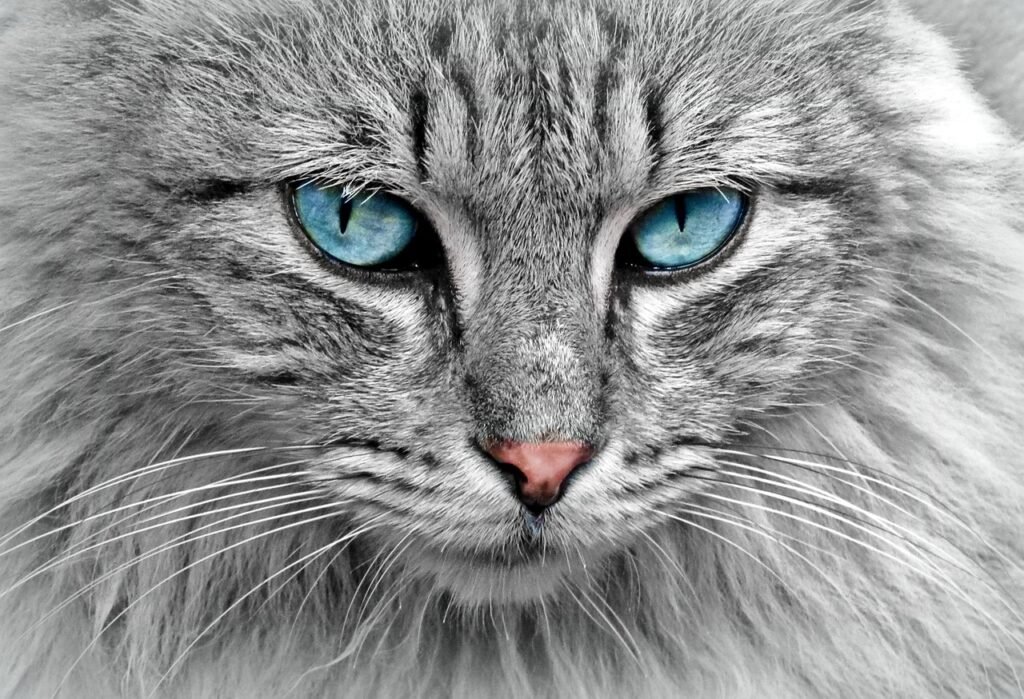
Like humans, cats have daily rhythms and routines that influence their behaviors. Observing when your cat is most active or when it prefers to sleep can help you identify any deviations from their norm, possibly signaling stress or health issues. Cats are generally crepuscular, meaning they are most active during dawn and dusk.
Recognizing Aggression and Fear Indicators
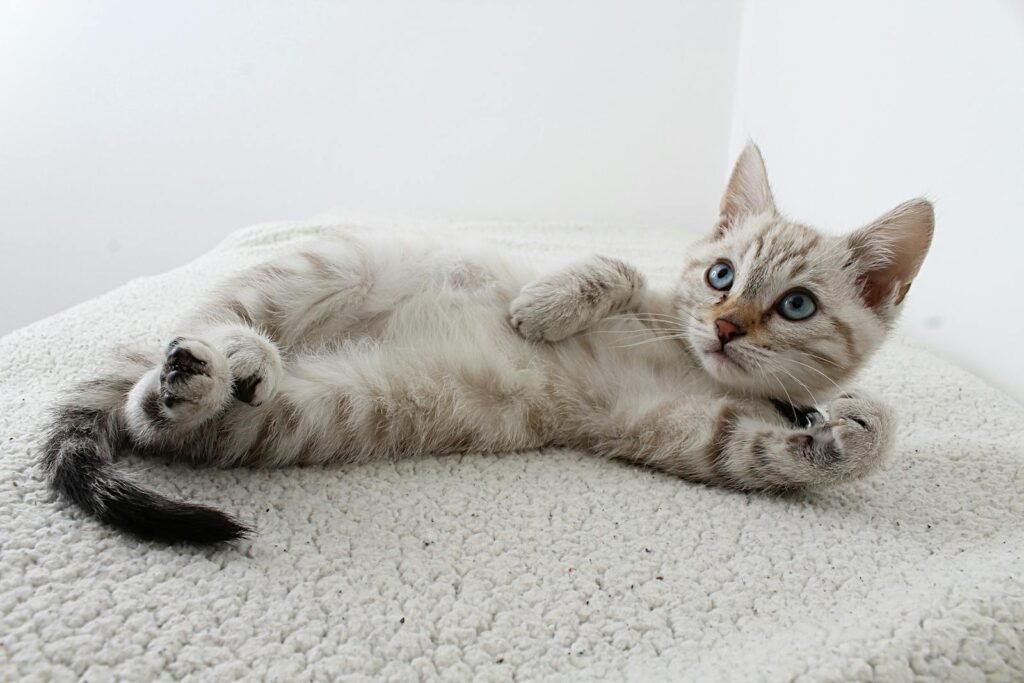
A defensive or aggressive cat may exhibit warning signs, such as growling, hissing, a lashing tail, or a tense body posture. Before any aggressive encounter, cats often try to avoid confrontation through body language. Understanding and respecting these cues can help prevent unwanted interactions.
Identifying Signs of Contentment
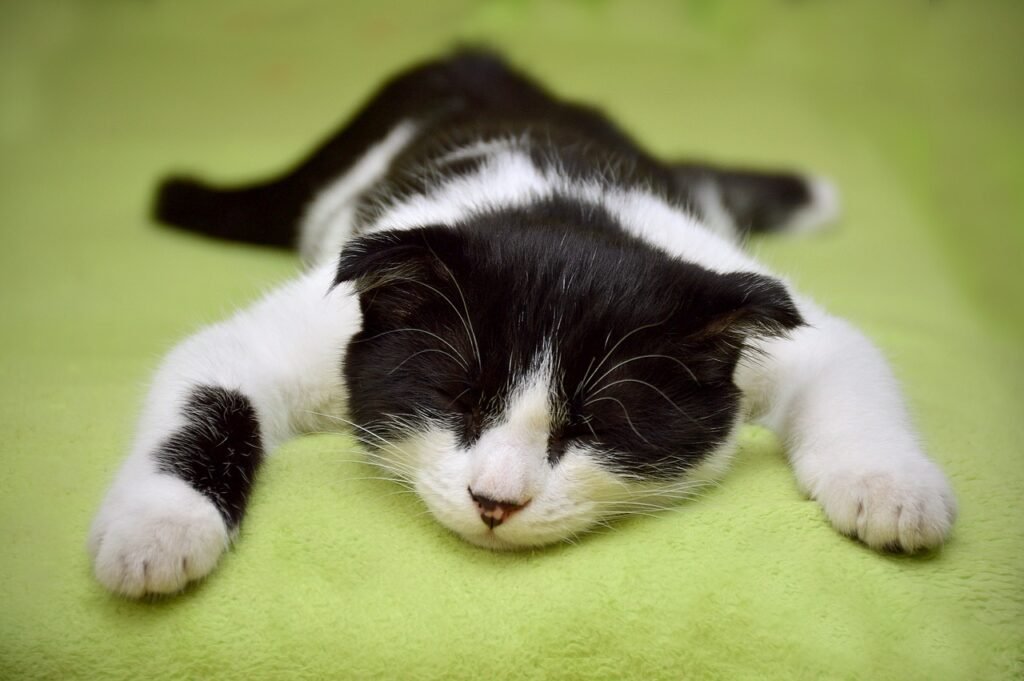
A content cat is generally relaxed, with soft eyes, forward-facing ears, and rhythmic purring. They may lay in a comfortable position, either sprawled out or with their paws neatly tucked underneath. Recognizing these signals helps reinforce positive environments for your pet.
Conclusion
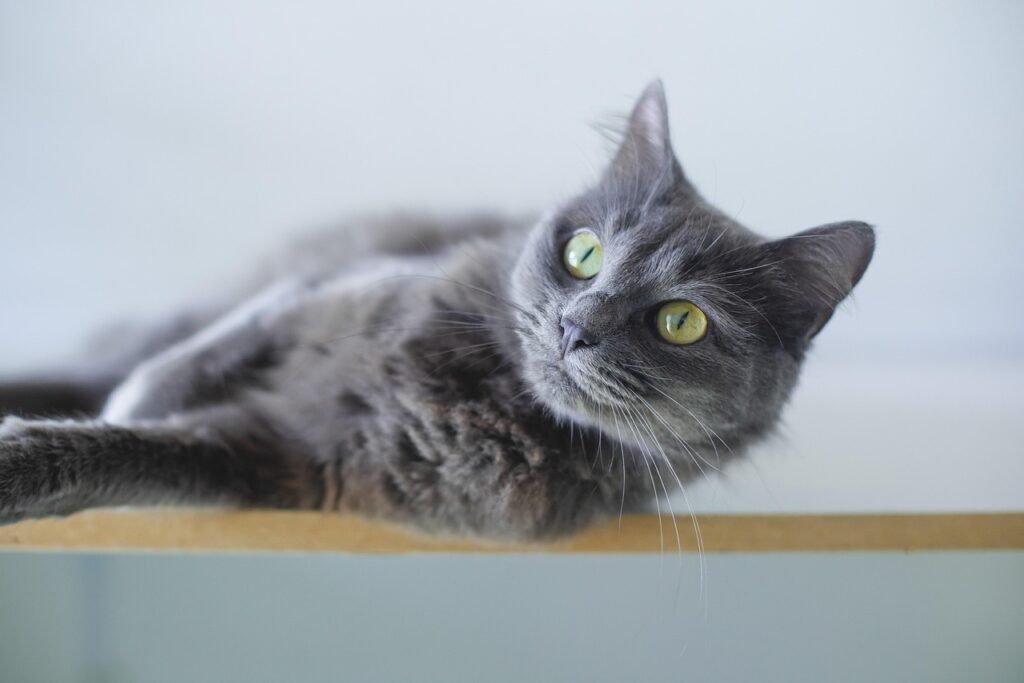
Your cat’s body language is a powerful tool in understanding its thoughts and feelings. By paying close attention to their tail movements, ear positions, eye signals, and other physical behaviors, you can better gauge your pet’s moods and respond in ways that nurture their well-being. This understanding not only strengthens the bond between you and your feline companion but also helps you become an empathetic and attentive caregiver, ensuring a fulfilling relationship with your pet.
Hi, I’m Bola, a passionate writer and creative strategist with a knack for crafting compelling content that educates, inspires, and connects. Over the years, I’ve honed my skills across various writing fields, including content creation, copywriting, online course development, and video scriptwriting.
When I’m not at my desk, you’ll find me exploring new ideas, reading books, or brainstorming creative ways to solve challenges. I believe that words have the power to transform, and I’m here to help you leverage that power for success.
Thanks for stopping by, Keep coming to this website to checkout new articles form me. You’d always love it!






